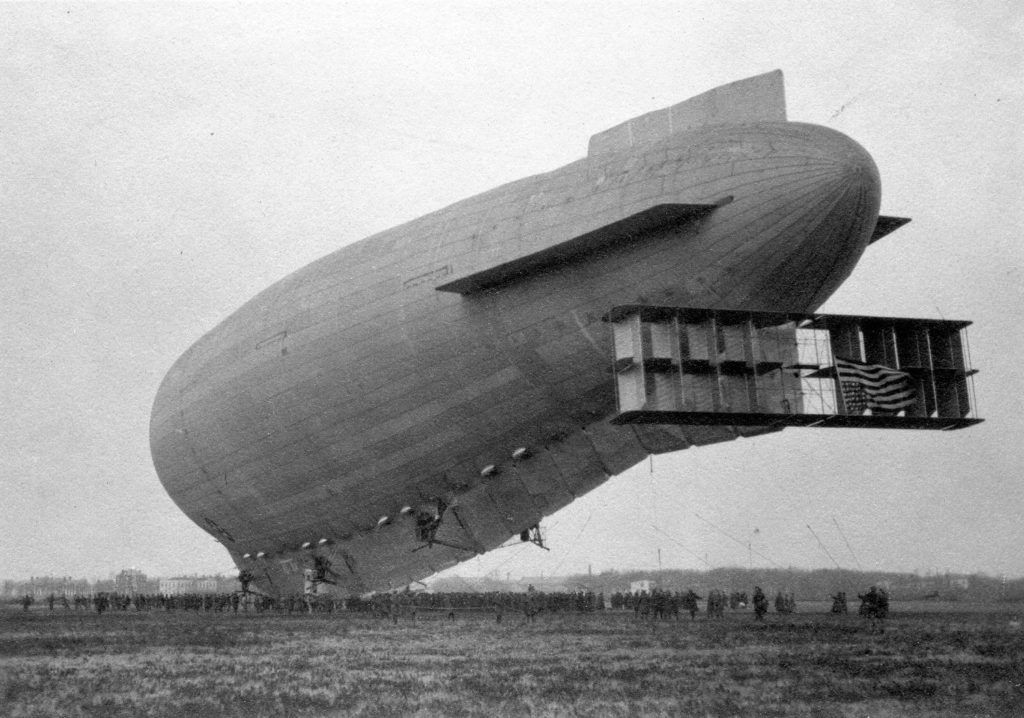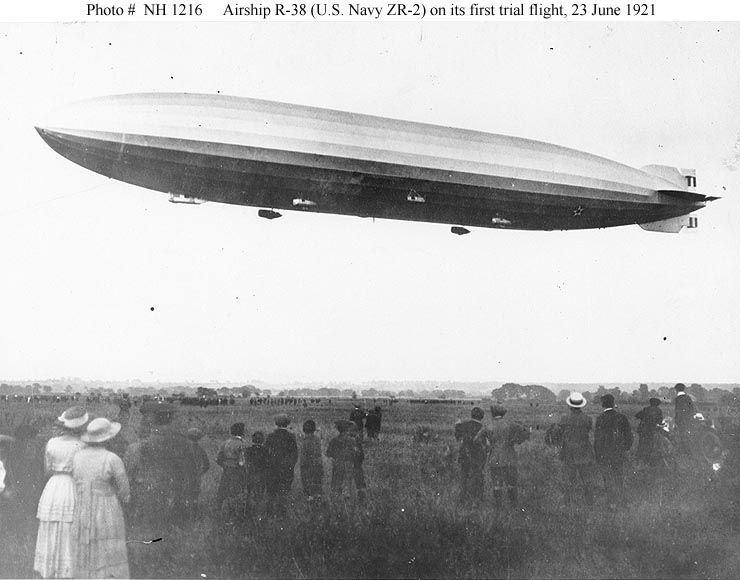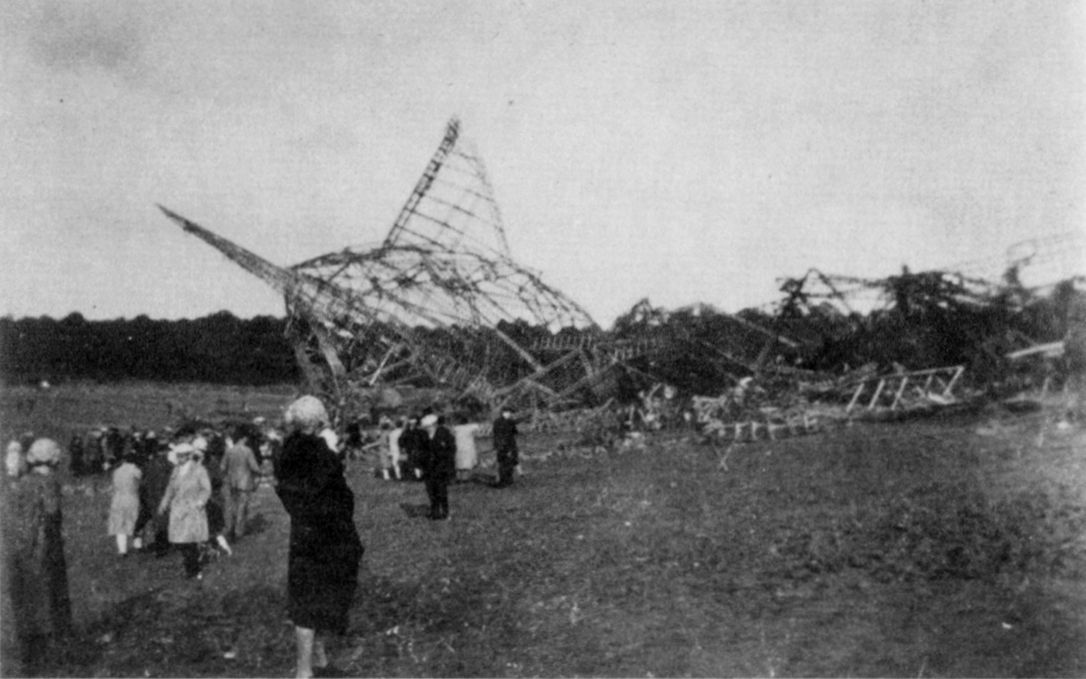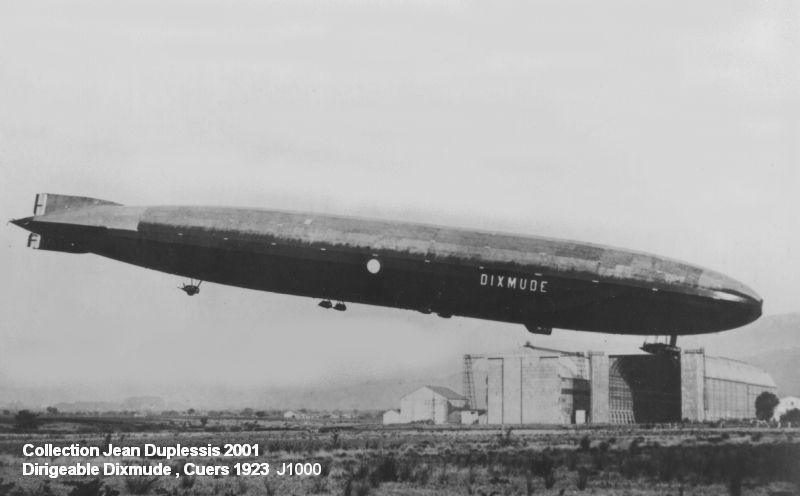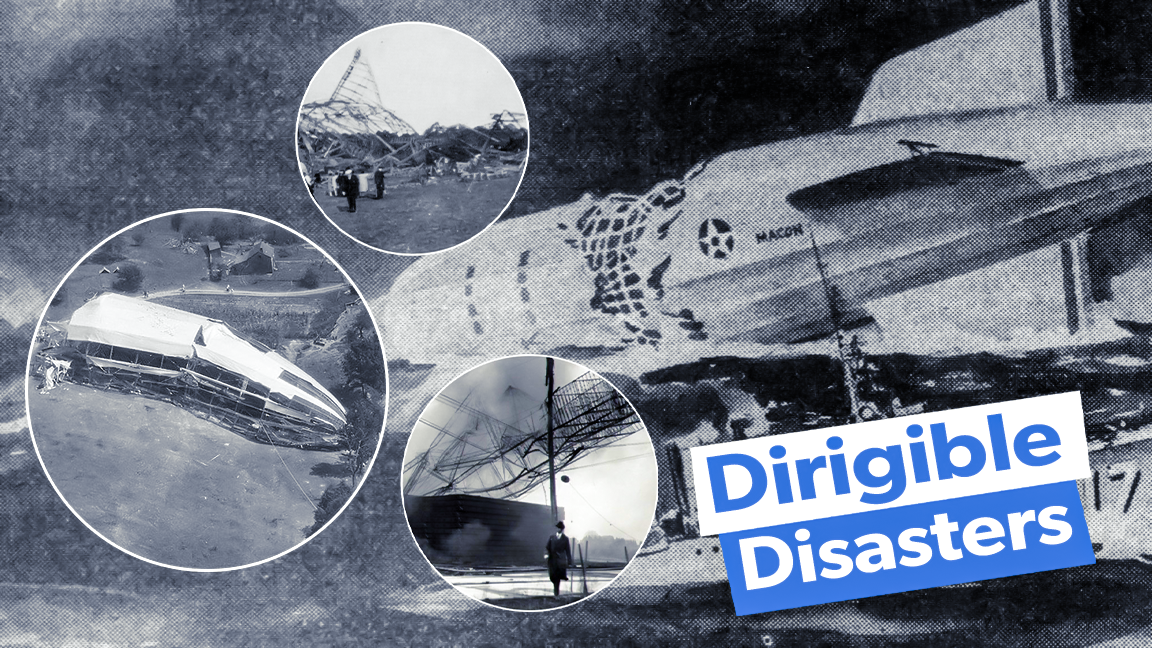
Summary
- The Roma, purchased by the US Army Air Service, crashed killing 34 after control system failure and igniting hydrogen.
- The R.38 built for the US Navy, crashed in England, killing 44 due to structural failure, igniting hydrogen in the crash.
- The USS Akron, a US Navy airship, crashed in 1933 due to storm impact, drowning 73 of the 76 people on board.
The Hindenburg is undoubtedly the most famous of the many airship disasters that plagued the airships of the 1920s and 1930s. But it is far from the only airship crash and not even the most deadly (35 out of 97 people on the ship died). It may surprise many, but most airships did not explosively catch fire like the Hindenburg (although some others did). The United States Navy received (or was to receive) five large airships and all but one of them fatally crashed.
5 Roma
Powerful American Liberty engines propelled the Roma to 55mph but were too much for the Italian-built airship.
|
Operator |
US Army Air Service |
|---|---|
|
Service Period |
September 1920 to February 1922 |
|
Crash Date |
21 February 1922 |
|
Fatalities |
34 |
In addition to post-WWI British and German-built airships, the United States purchased the 410-foot Roma, an Italian-built airship. The Americans purchased the Roma in 1920 for the United States Army Air Service. According to the National Museum of the United States Air Force, it was disassembled and shipped to the US, then reassembled and made its first flight in the US from Langley Field, Virginia.
However, the Army Air Service was disappointed with the Roma’s performance and fitted it with more powerful Liberty engines. Tragically, the engines were too powerful and the control box at the rear of the airship broke on its first flight, sending it down to the ground. High-voltage wires ignited the hydrogen gas, and it exploded, killing 34 of the 45 people on board. The Roma was the last hydrogen-filled airship flown by the US military, and helium was used after that.
4 R.38 class / ZR-2
The R.38 was to be commissioned into the US Navy but catastrophically crashed while still in England
|
Operator |
Testing / US Navy |
|---|---|
|
Service Period |
June to August 1921 |
|
Crash Date |
24 August 1921 |
|
Fatalities |
44 |
The R.38 was an airship built for Britain’s Royal Navy at the end of WWI but sold to the United States Navy after the war. When it first flew, it was the largest airship in the world. The United States Navy purchased the airship in October 1919 and was planning to commission it as the ZR-2. However, it was destroyed due to structural failure while overflying England before it arrived in America or entered US Navy service.
According to airships.net, the airship’s hydrogen exploded as it crashed into the waters of the Humber estuary. The accident was one of the worst in the history of airships and claimed 44 of out the 49 people onboard it (a black cat called Snowball also perished). 28 British and 16 Americans were killed in the crash.
3 R101
Instead of uniting the ends of the British Empire, the R101 crashed on her maiden voyage killing 48 people
|
Operator |
Royal Airship Works |
|---|---|
|
Service Period |
October 1929 to October 1930 |
|
Crash Date |
5 October 1930 |
|
Fatalities |
48 |
The R101 was a British inter-war rigid airship built in 1929 under the Imperial Airship Scheme. This was a plan to develop civil airships to connect the vast distances of the sprawling British Empire. Measuring 731 feet in length, it was the longest hydrogen rigid airship until the Hindenburg.
NASA notes “The R101 Airship story is one of political leadership spurring investment in new technology, but at the same time driving that new technology to a premature implementation and subsequent disaster.” The R101 crashed over Beauvais, France on its maiden voyage (much like the Titanic) claiming the lives of 48 of the 54 people on board (including Lord Thomson who had initiated the program).
2 Dixmude
The French Navy Dixmude exploded mid-air killing all 42 crew and 10 passengers
|
Operator |
French Navy |
|---|---|
|
Service Period |
July 1920 to December 1923 |
|
Crash Date |
21 December 1923 |
|
Fatalities |
52 |
After Germany lost WWI, it was forced to pay reparations to the victorious Allies. Among the reparations were the Zeppelin airships. The French Dixmude was originally built for the Imperial German Navy as L 72 but was unfinished when the war ended. It may be hard to believe now, but it was built with the intention of bombing New York City. After the war, it was finished and then recommissioned into the French Navy.
But the Dixmude exploded in mid-air on 21 December 1923 off the coast of Sicily, claiming 52 lives (everyone onboard). On December 30, 1923 The Times reported “The French naval and aeronautical authorities have now abandoned all hope of the safety of the airship Dixmude. Nothing remains but to learn, if possible, the manner of her end.”
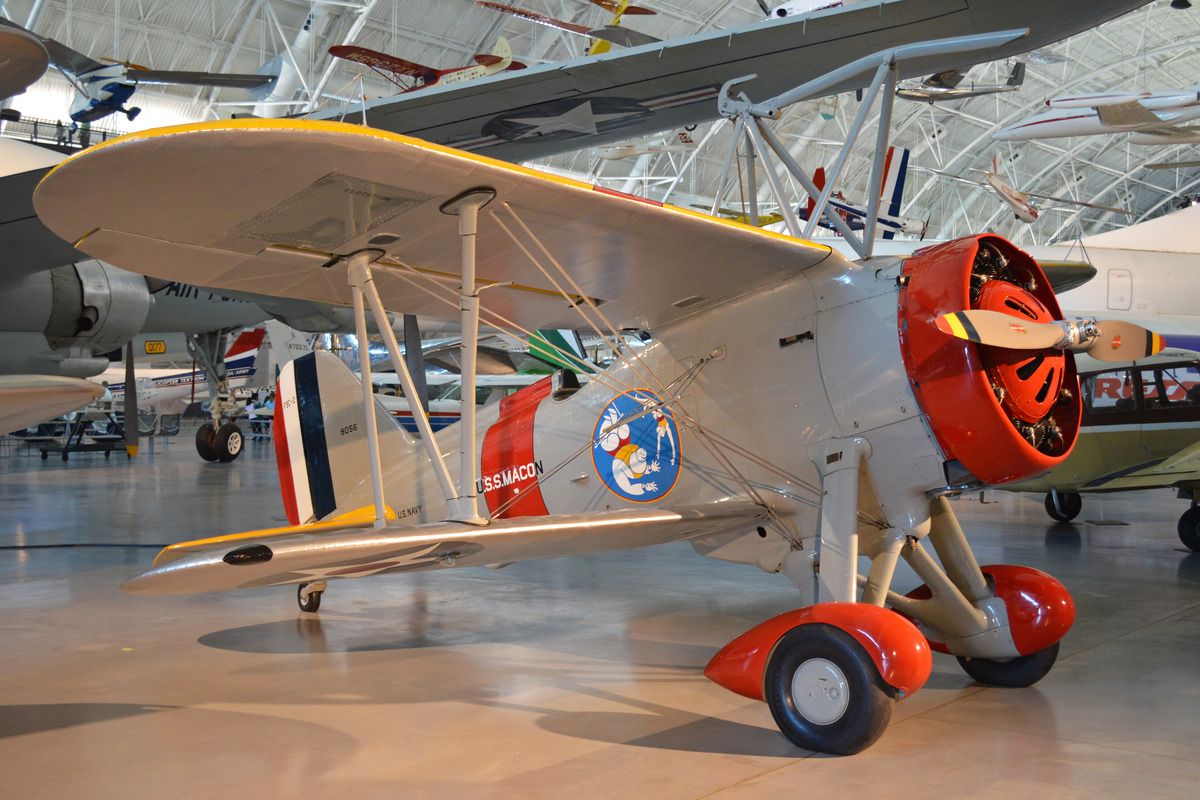
Curtiss F9C Sparrowhawk: The US Biplane Fighter That Was Carried By Airships
Eight parasitic Sparrowhawks were produced for the Navy’s two airborne aircraft carriers.
1 USS Akron
The Akron crash claimed the lives of 73 of the 76 people on board and was the deadliest airship disaster
|
Operator |
US Navy |
|---|---|
|
Service Period |
September 1931 to April 1933 |
|
Crash Date |
4 April 1933 |
|
Fatalities |
73 |
The USS Akron was the first of the US Navy’s fleet of two giant helium-filled rigid airships built to be an air-borne aircraft carrier. The Akron was the world’s first purpose-built flying aircraft carrier and her sister airship was the USS Macon (which also crashed). Today her remains are about 100 feet deep in the ocean east of Atlantic City.
The National Museum of the US Navy states that in 1933 she visited Florida, Cuba, and Panama to inspect base sites for the US fleet’s southern operating zone before returning to New Jersey. She then departed for New England but ran into a violent storm on the New Jersey coast that sent her tail-first into the sea. She wasn’t equipped with life jackets and many men drowned. 73 of her 76 crewmen and passengers perished in the accident which marked the worst airship disaster in history.
Discover more from reviewer4you.com
Subscribe to get the latest posts to your email.
